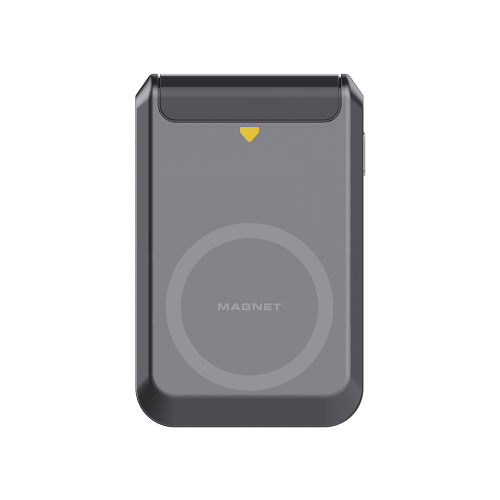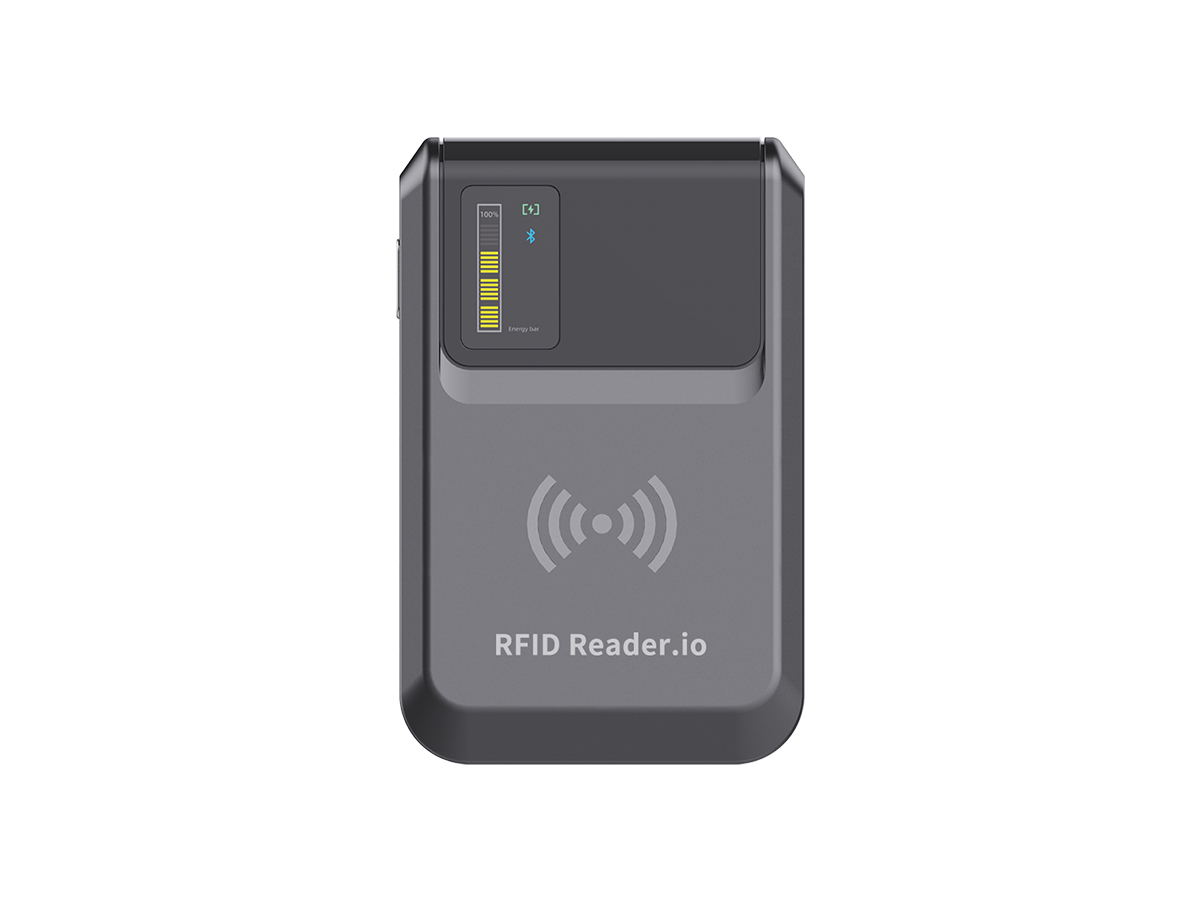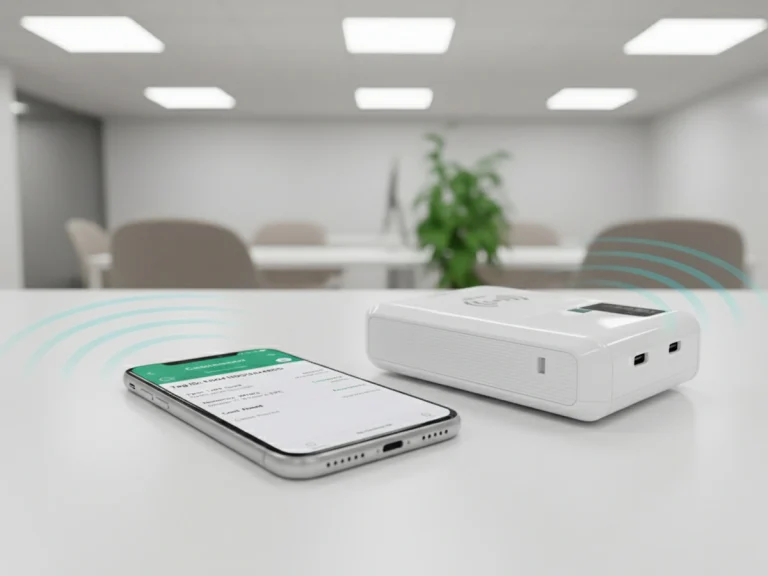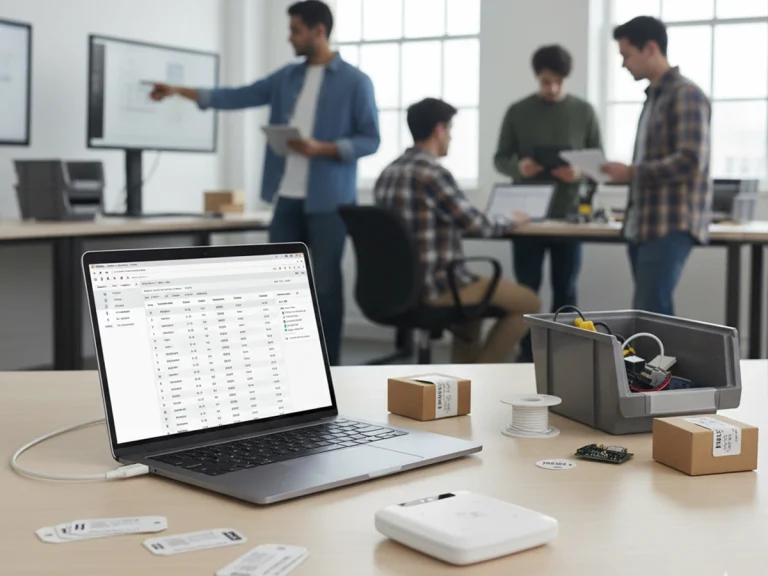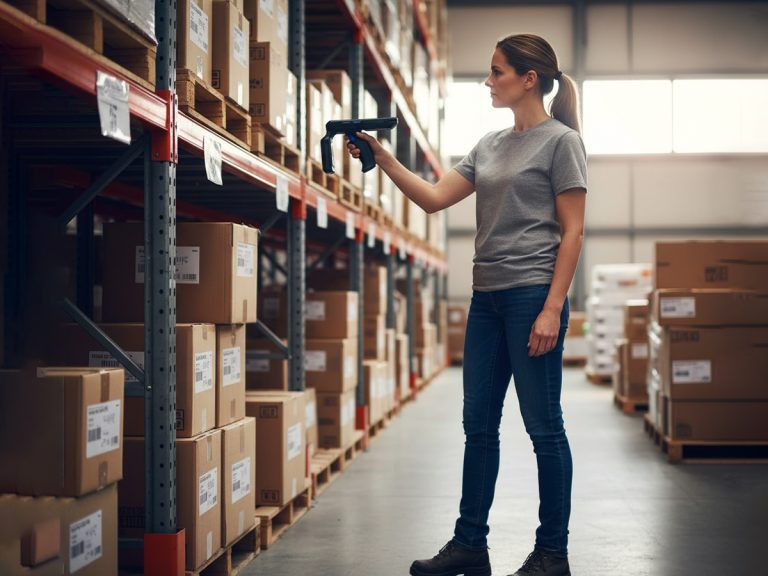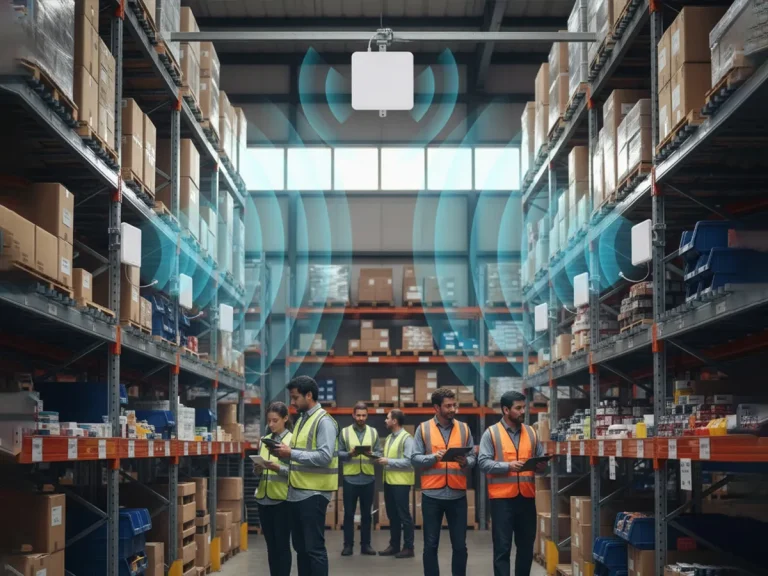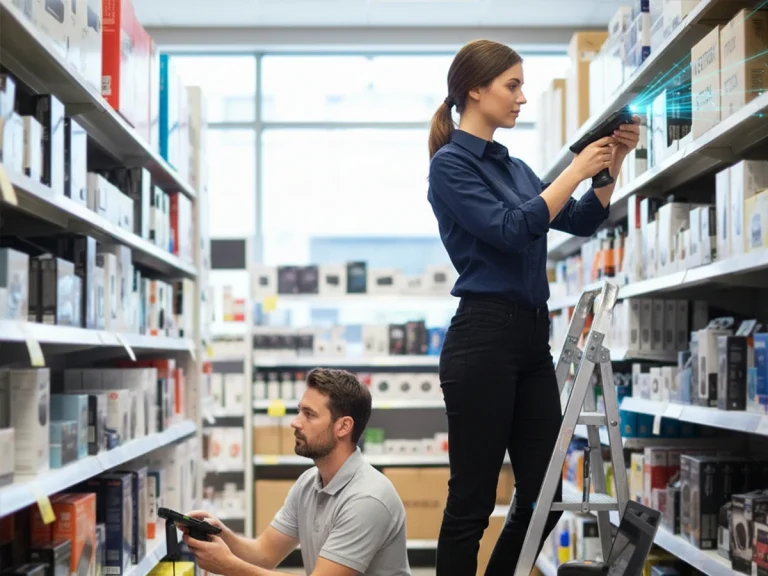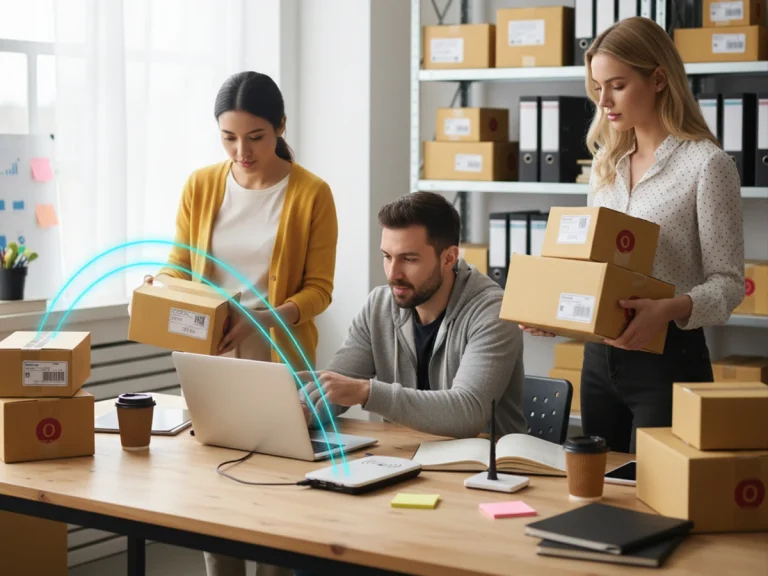
How iPhone RFID Readers Are Redefining Mobile Asset Tracking
For anyone who’s spent time dealing with asset management, it’s no secret that tracking things efficiently — and in real time — is harder than it sounds. Excel sheets, barcode scanners, and manual records can only go so far before human error and time delays creep in. That’s where iPhone RFID Readers are quietly changing the game.
In recent years, RFID technology has become far more compact and connected. What used to require a desktop reader or a bulky handheld terminal can now be handled with something as familiar as an iPhone. A Portable RFID Reader that pairs with iOS brings all the benefits of RFID tracking — accuracy, speed, and automation — right into the user’s hand.
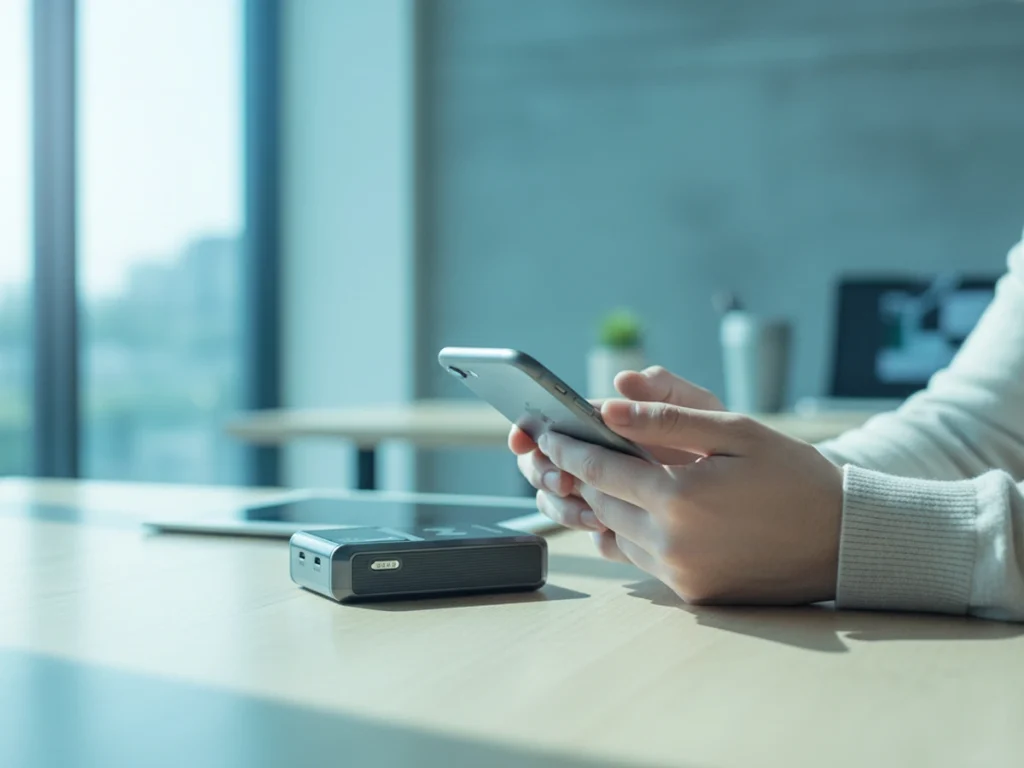
From Bulky Readers to Pocket-Ready RFID
For a long time, RFID systems were tied to fixed readers at doors or gates. They worked well but weren’t flexible. Technicians and warehouse staff still needed to walk back and forth to scan or check data.
An iPhone RFID Reader removes that limitation. It works as a compact, wireless reader that connects directly to an iPhone app via Bluetooth. The result is a smooth, mobile workflow where you can scan tags, record movements, and update inventory instantly — no cables, no dedicated terminals.
People in logistics, healthcare, and even museum archives have started adopting these lightweight RFID tools to handle tasks that once required larger equipment. It’s the same principle — read, record, verify — but it now fits in your pocket.
Real Mobility, Real Workflows
The biggest difference with a Portable RFID Reader designed for iPhone isn’t just the hardware. It’s how it fits into everyday work.
Take a warehouse team, for instance: one person can walk through aisles scanning items while another verifies data in real time on a shared cloud system. The entire process happens within the same app — fast, connected, and accurate.
RFID Reader.io provides compact iPhone-compatible readers built for exactly this kind of environment. They’re durable enough for field use but light enough to carry all day. For small operations, it means not needing extra infrastructure. For large-scale facilities, it means faster cycles and fewer scanning stations to maintain.
Integration with iOS and Inventory Platforms
Most iPhone RFID Readers include a simple companion app, or developers can use an SDK to link them with in-house systems.
With RFID Reader.io’s Portable RFID Reader SDK, engineers can directly integrate RFID data into existing inventory apps. That means instant synchronization to a database or ERP system the moment a tag is read.
You can think of it as an extension of your phone — not a separate tool. The app interface lets users see tag IDs, signal strength, or even location hints. Everything that used to require a specialized terminal now fits in a single ecosystem.
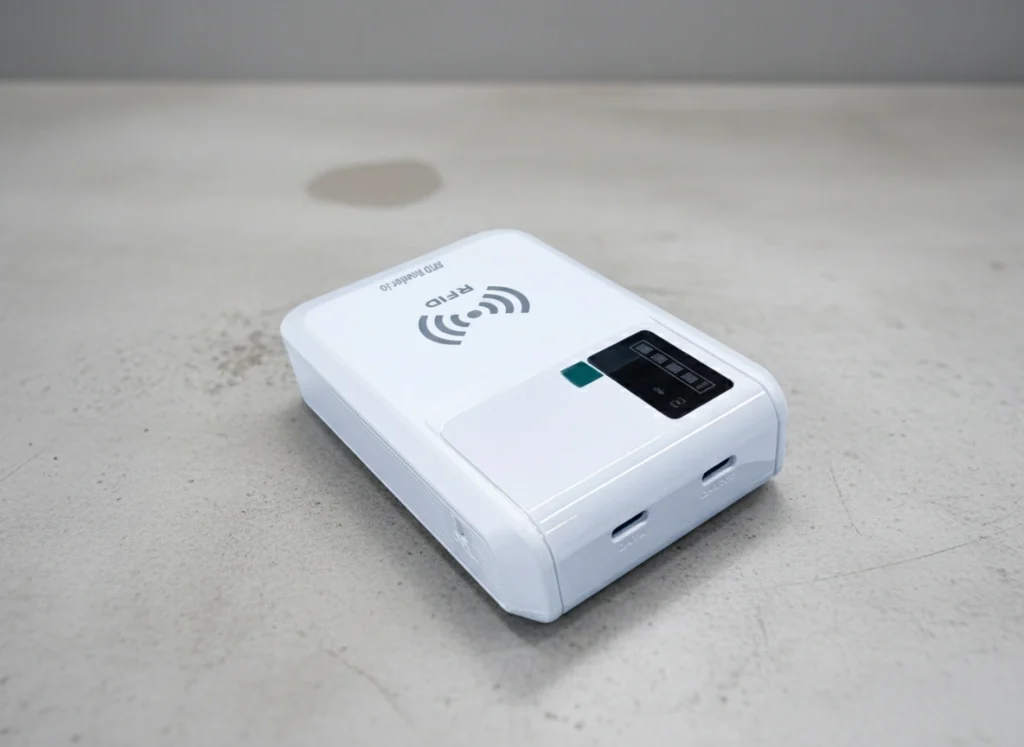
How It’s Changing Asset Tracking
These compact readers are doing more than just replacing older devices — they’re redefining how people think about RFID.
- Faster cycles: Staff can scan hundreds of items on the move without setting up equipment.
- Cross-department tracking: From hospitals to retail floors, assets can be tracked as they move between zones.
- Less downtime: The Portable RFID Reader’s long battery life keeps it running for hours without charging.
- Lower barrier to entry: iPhone compatibility reduces setup costs and makes training easier.
Companies that once considered RFID “too complex” are finding it’s now accessible. Many integrators are building lightweight asset-tracking apps using RFID Reader.io readers as their hardware base.
Looking Ahead
The trend toward mobility isn’t slowing down. As iOS devices become central to business workflows, iPhone RFID Readers are becoming part of a much larger movement — lightweight, connected tools designed to fit naturally into everyday work.
Whether used by engineers maintaining telecom equipment or retail staff verifying stock, these readers deliver industrial-level performance in a consumer-friendly form. And that, more than anything, is what’s pushing RFID adoption forward.
RFID Reader.io continues to focus on modular, open hardware so integrators can build the right tools for the right projects — without overcomplicating the process.
FAQ
Q1. Do iPhone RFID Readers work without additional apps?
Most units connect through a dedicated iOS app or SDK. Once paired, they send tag data directly to your preferred platform.
Q2. What’s the difference between a Portable RFID Reader and a Handheld Terminal?
A Portable RFID Reader is smaller and often works via Bluetooth with your phone, while a handheld terminal is a standalone device with its own display and OS.
Q3. How far can an iPhone RFID Reader read?
Typically between 1–3 meters, depending on tag type and antenna size.
Q4. Can these readers handle multiple tags at once?
Yes. Most modern models can process dozens or even hundreds of tags per second in dense environments.
Q5. Is setup complicated for non-technical users?
Not at all. Most devices pair like wireless headphones. Once the app recognizes the reader, you can begin scanning immediately.
Send Us An Email
Feel free to send us an email and we will reply to you as soon as possible.

